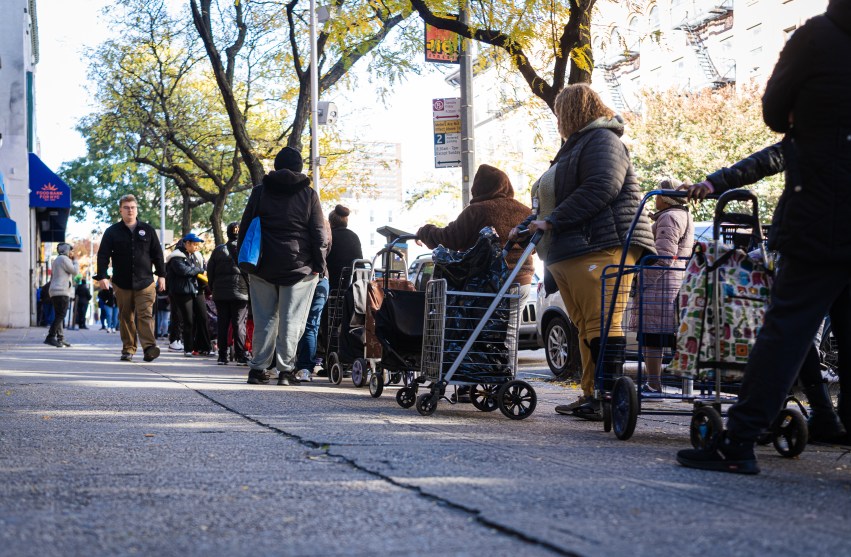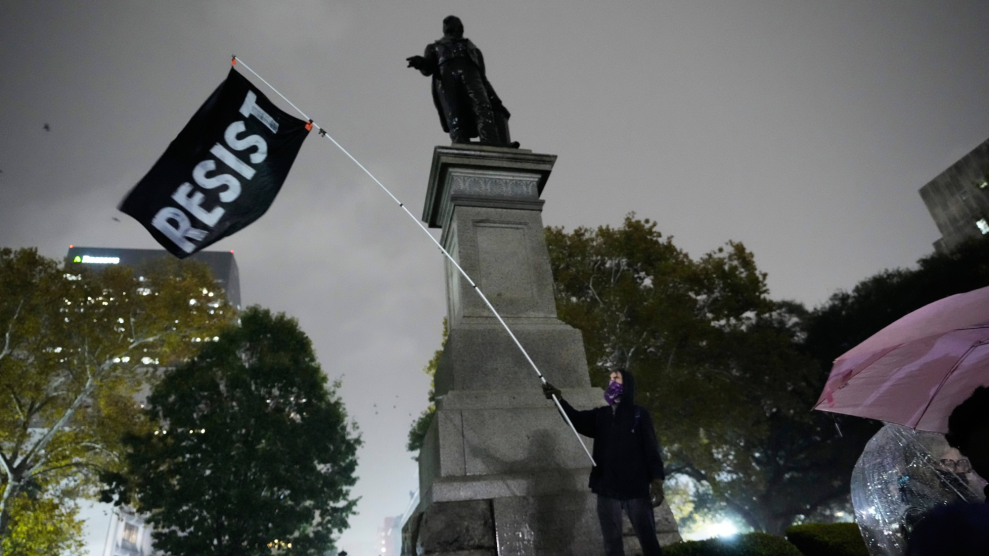They’re calling it Greengate. Far away from the public gaze, a transformation is taking place at the White House. Word has it that, as you read this, documents are not only being shredded, but recycled. A HomePlanet investigation probes the following questions:
Why is President Clinton using less water when he showers?
Why are dead flowers being spread in the White House garden?
And why did a local power company pay the White House more than $180,000?
It began innocently enough. During a 1993 Earth Day address, Clinton vowed: “For as long as I live in the White House, I want Americans to see it as a symbol of clean government, but also of a clean environment.”
He enlisted 100 experts nationwide to come up with an environmental program for the White House operations staff. Dubbed “The Greening of the White House,” the project is an ongoing effort to make both the White House and the Old Executive Office Building more environmentally sound and energy efficient. And although the presidential residence probably has a Secret Service detail just to sort through paper recycling bins (“Please shred all white Rose Law Firm letterhead. Place all cream letterhead in third-floor incinerator”), the project entails practical, money-saving improvements that can be made in any home or office.
Wherever possible, incandescent bulbs gave way to compact fluorescent lamps, which last 10 times longer and use about 75 percent less energy. (CFLs cost more—$15 to $20 each—but over time result in energy savings of about $35 each.) Skylights, blocked out during World War II, were restored to let in natural light. (More light is let in by a 3-by-5-foot window than 100 standard 60-watt bulbs.)
Many of the White House’s single-pane windows were swapped for double-pane, low-emissivity windows, which reduce heat loss by 50 percent in winter, reflect 60 percent of outside heat in summer, and block up to 99 percent of ultraviolet light, which fades furnishings.
High-efficiency showerheads and faucets were also installed, and saved enough water to pay for themselves in less than a year. A $4 low-flow faucet aerator, for example, typically reduces water flow by 50 percent. In one year, White House water use dropped by 15,000 gallons.
These and other actions led to more than $150,000 a year in energy savings and brought more than $180,000 in rebates from the Potomac Electric Power Co. (many power providers have rebate programs). The White House estimates the project has kept some 5.5 million pounds of greenhouse gases out of the atmosphere by reducing the need for fossil- fuel-generated electricity.
Recycling and composting have also become de rigueur. Nearly half of the money spent annually on office supplies goes to purchase recycled products—even Clinton’s running track, made from used tires and windshield wipers, reflects a “buy recycled” agenda. Yard waste and cut flowers are composted and used on gardens and lawns.
Is Greengate just another partisan propaganda scheme? One of the experts who participated in the project, William Browning of the Rocky Mountain Institute, says no. “Saving almost $200,000 a year, just in this first three years, that’s not Republican or Democrat. That’s just good for the taxpayers and good for the buildings.”
















